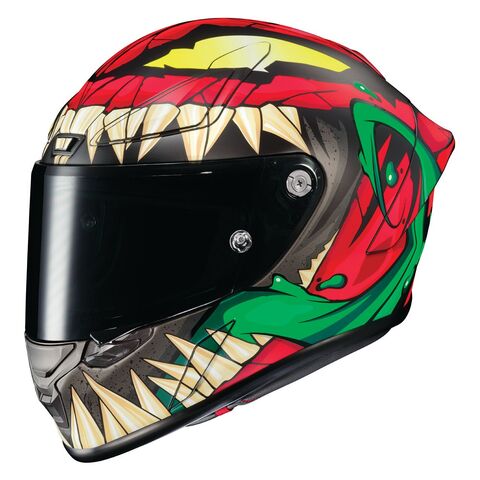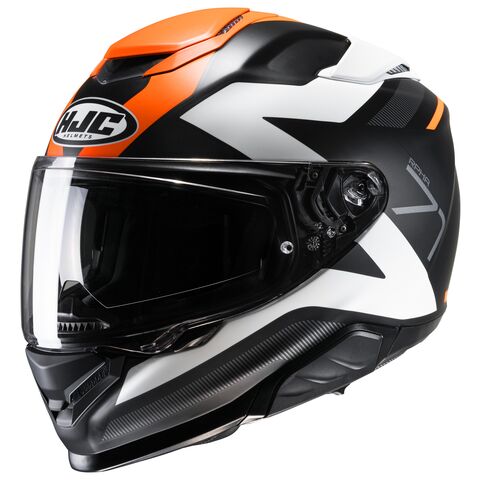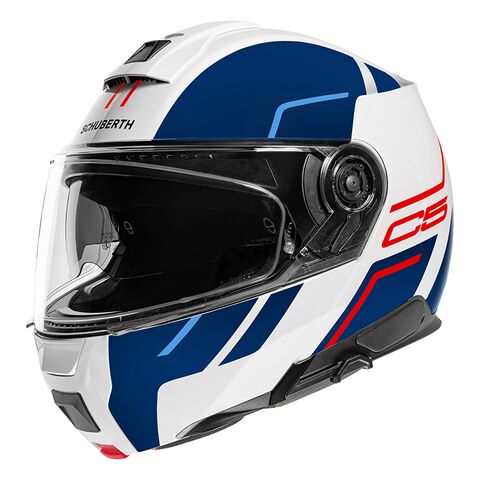MOTORCYCLE HELMETS
Helmet Deals Up To 60% Off
Helmet Deals Up To 60% Off
All Helmet Categories
- Bluetooth Helmets
- Carbon Fiber Helmets
- Cheek Pads
- Communication
- Ear Plugs
- ECE Certified Helmets (All)
- ECE 22.05 Helmets
- ECE 22.06 Helmets
- Face Shields
- FIM Certified Helmets
- Headwear
- Helmet Care
- Helmet Storage
- MIPS Technology Helmets
- Photochromic Helmets
- Race Helmets
- Snell Certified Helmets (All)
- Snell M2015 Helmets
- Snell M2020 Helmets
- Snell M2025 Helmets
- Solid Color Helmets
- Touring Helmets
- Women's Helmets
- 2XL Helmets
- 3XL Helmets
- 4XL Helmets
- 5XL Helmets
- Camo Helmets
- Brown Helmets
- Gold Helmets
- Orange Helmets
- Purple Helmets
- Yellow Helmets

Expert picks for the year’s best motorcycle helmets. From the track to the trail, we found a helmet for every rider.

Full face helmets offer unmatched protection. Explore our collection today and find the right lid for you.

Modular helmets provide versatility and comfort in a range of conditions. Shop the world’s best modular helmets right here.

Dirt riding comes with its own needs when it comes to protection. Find a dirt bike helmet here and stay safe off-road.
Shop Motorcycle Helmets Online
RevZilla’s collection of motorcycle helmets covers every style, configuration, and riding type you can imagine. From Retro-inspired lids to accent a custom café racer, to premium racing helmets developed for use by the world’s fastest riders – from rudder ADV helmets built to be just as comfortable on the highway as on the trail – from minimalist half-helmets to fully-farkled modular lids, we’ve curated a selection of motorcycle helmets to suit every need, aesthetic, and budget, and priority.We carry motorcycle helmets from the world’s most trusted brands, including Bell, Arai, Shoei, Sedici, AGV, HJC, and more. We take pride in our selection – from top-of-the-line models to entry-level lids, we know we’ve got the gear you need to stay safe, comfortable ,and confident on two wheels.
Need a little help picking out your helmet? Give our customer service a shout through Live Chat, email, or telephone, and get advice from our experts. We’ve also put together our list of the year’s best helmets, so you can narrow down your search even further.
Motorcycle Helmet FAQ's
How do I know what size motorcycle helmet to buy?To find your helmet size, you need to measure your head. Use a soft tape measure and wrap it around the widest part of your head, about an inch above your eyebrows. This measurement, in centimeters or inches, will correspond to a size (like M, L, XL) on a brand's specific size chart. Always check the chart, as sizing varies between brands. Read more about how to buy and size a motorcycle helmet here.
What's the difference between DOT, ECE, and Snell helmet ratings?
These are different safety standards. DOT is the minimum standard required for all helmets sold in the USA. ECE is the European standard, which many riders feel is a more comprehensive test. Snell is a third-party, voluntary standard that is known for being extremely rigorous, especially on impact testing. You can learn more about helmet safety ratings here.
How often should I replace my motorcycle helmet?
You should replace your motorcycle helmet every 3 to 5 years, or after any impact. Over time, the EPS foam liner inside the helmet (the part that actually absorbs the impact) hardens and degrades from sweat, hair oils, and time. After a crash, the EPS is crushed and cannot protect you again, even if the outside of the helmet looks fine.
What's the main difference between helmet shapes?
The main helmet shapes are "Long Oval," "Intermediate Oval," and "Round Oval." This refers to the internal shape of the helmet, not the way it looks. Finding the right shape for your head is the key to comfort. "Intermediate Oval" is the most common shape and fits the majority of riders in North America.





































